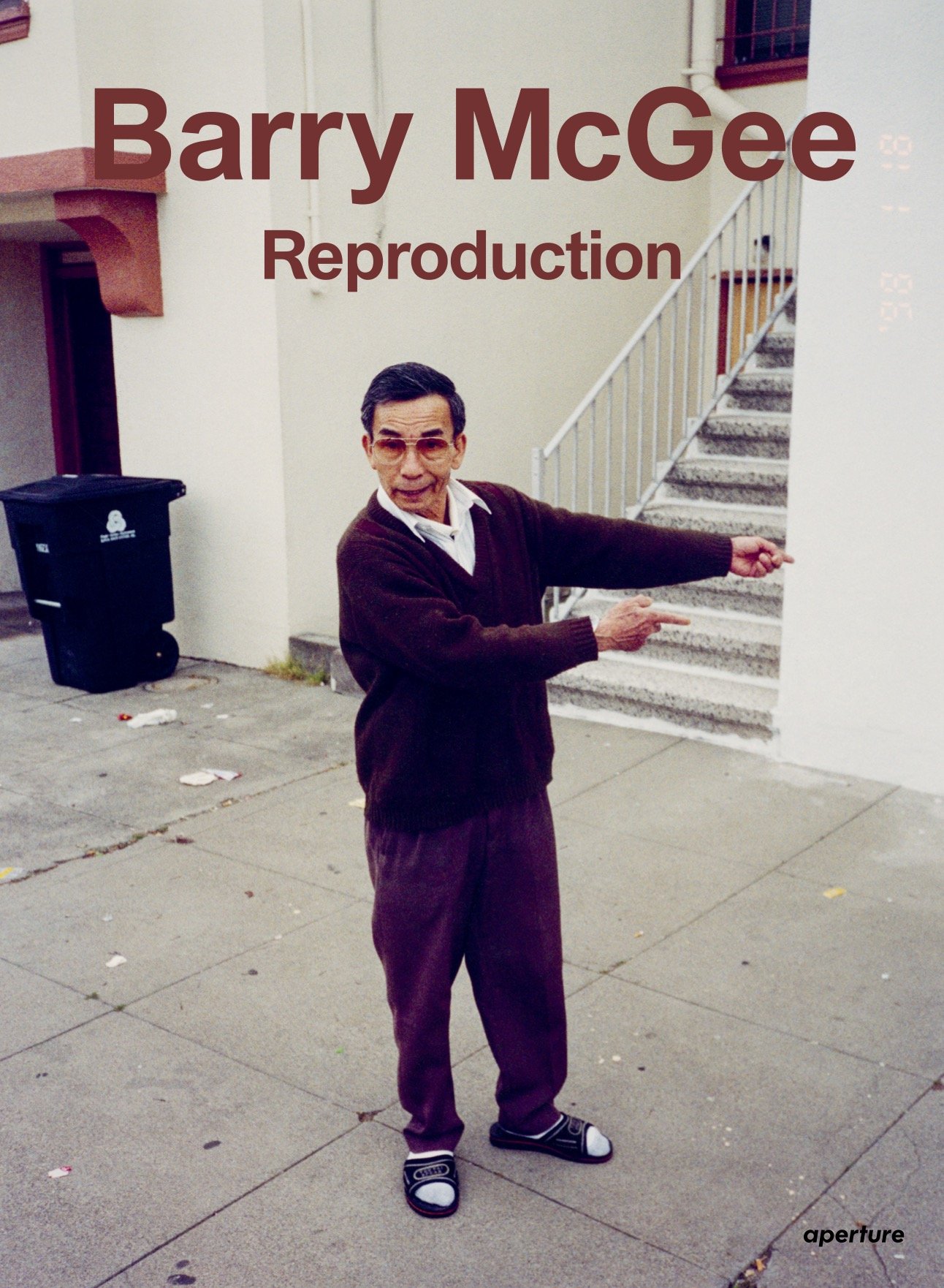The War is Here: Newark 1967 by Bud Lee
July 1967. After the arrest, beating, and imprisonment of cab driver John Smith by local police, the city of Newark--already a tinderbox--became a hotbed of protest and retaliation. Over five long days, 26 people were killed by police gunfire and hundreds more were injured, thousands arrested, and millions of dollars in property damage caused. The scars on the city remained for decades.
Bud Lee, a 26-year-old novice photographer for Life magazine, was called upon to cover the civic uprising in Newark as it broke out. Lee and Life reporter Dale Wittner arrived to find a majority Black population--already struggling under a corrupt local government and a vicious, authoritarian police force--trying to persevere in extraordinary circumstances: stores burned and looted; a city under siege by trigger-happy city and state police; and the young, inexperienced, and exhausted National Guardsmen sent to patrol it day and night.
The War Is Here documents the several days Bud Lee spent in Newark. These photographs capture life in a city transformed into an urban war zone. Lee witnessed first-hand two policemen shoot a man named Billy Furr in the back. Lee's dramatic images of this cold-blooded murder ran in Life. The same bullets also hit and wounded a 12-year-old boy named Joey Bass Jr., who had been playing at a nearby intersection. Lee's stark, emotional image of Bass, lying bleeding and contorted in pain on dirty concrete, ran on the July 28, 1967 cover of Life, sparking a national conversation on race and police violence and becoming the defining image of the "long, hot summer" of '67--a summer of fire and fury, protest and rage across the country.
Over half a century later, Bud Lee's raw, desolate, and empathetic photographs of the people of Newark, at a turning point in the city's history, continue to resonate: a testament to their resilience and fortitude.
hardcover
July 1967. After the arrest, beating, and imprisonment of cab driver John Smith by local police, the city of Newark--already a tinderbox--became a hotbed of protest and retaliation. Over five long days, 26 people were killed by police gunfire and hundreds more were injured, thousands arrested, and millions of dollars in property damage caused. The scars on the city remained for decades.
Bud Lee, a 26-year-old novice photographer for Life magazine, was called upon to cover the civic uprising in Newark as it broke out. Lee and Life reporter Dale Wittner arrived to find a majority Black population--already struggling under a corrupt local government and a vicious, authoritarian police force--trying to persevere in extraordinary circumstances: stores burned and looted; a city under siege by trigger-happy city and state police; and the young, inexperienced, and exhausted National Guardsmen sent to patrol it day and night.
The War Is Here documents the several days Bud Lee spent in Newark. These photographs capture life in a city transformed into an urban war zone. Lee witnessed first-hand two policemen shoot a man named Billy Furr in the back. Lee's dramatic images of this cold-blooded murder ran in Life. The same bullets also hit and wounded a 12-year-old boy named Joey Bass Jr., who had been playing at a nearby intersection. Lee's stark, emotional image of Bass, lying bleeding and contorted in pain on dirty concrete, ran on the July 28, 1967 cover of Life, sparking a national conversation on race and police violence and becoming the defining image of the "long, hot summer" of '67--a summer of fire and fury, protest and rage across the country.
Over half a century later, Bud Lee's raw, desolate, and empathetic photographs of the people of Newark, at a turning point in the city's history, continue to resonate: a testament to their resilience and fortitude.
hardcover
July 1967. After the arrest, beating, and imprisonment of cab driver John Smith by local police, the city of Newark--already a tinderbox--became a hotbed of protest and retaliation. Over five long days, 26 people were killed by police gunfire and hundreds more were injured, thousands arrested, and millions of dollars in property damage caused. The scars on the city remained for decades.
Bud Lee, a 26-year-old novice photographer for Life magazine, was called upon to cover the civic uprising in Newark as it broke out. Lee and Life reporter Dale Wittner arrived to find a majority Black population--already struggling under a corrupt local government and a vicious, authoritarian police force--trying to persevere in extraordinary circumstances: stores burned and looted; a city under siege by trigger-happy city and state police; and the young, inexperienced, and exhausted National Guardsmen sent to patrol it day and night.
The War Is Here documents the several days Bud Lee spent in Newark. These photographs capture life in a city transformed into an urban war zone. Lee witnessed first-hand two policemen shoot a man named Billy Furr in the back. Lee's dramatic images of this cold-blooded murder ran in Life. The same bullets also hit and wounded a 12-year-old boy named Joey Bass Jr., who had been playing at a nearby intersection. Lee's stark, emotional image of Bass, lying bleeding and contorted in pain on dirty concrete, ran on the July 28, 1967 cover of Life, sparking a national conversation on race and police violence and becoming the defining image of the "long, hot summer" of '67--a summer of fire and fury, protest and rage across the country.
Over half a century later, Bud Lee's raw, desolate, and empathetic photographs of the people of Newark, at a turning point in the city's history, continue to resonate: a testament to their resilience and fortitude.
hardcover











